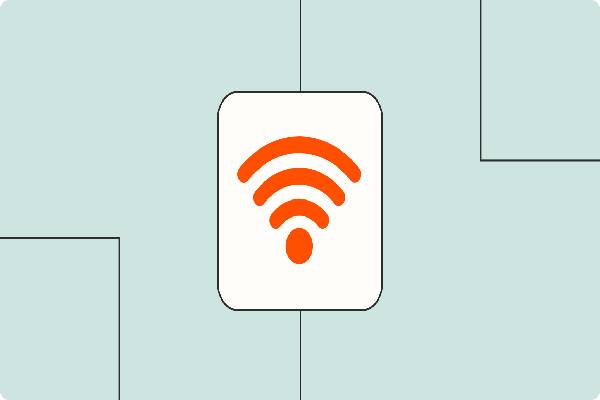How to Use a VPN: A Beginner’s Guide

Using a VPN (Virtual Private Network) has become
increasingly popular as supplementary people recognize the importance of online
privacy and security. Whether browsing the internet, accessing public Wi-Fi
networks, or being concerned about tracking your personal information, a VPN
can help protect your figures and maintain your anonymity. In this beginner's
guide, we'll walk you through the basics of using a VPN and help you get
started securing your online activities.
Understand what a VPN is:
A VPN is a service that creates a secure and coded
connection between your device and the internet. It acts as a tunnel, routing
your internet traffic through an intermediary server, which masks your IP
address and encrypts your data. As a result, your online activities, such as
your Internet Package Provider (ISP) or potential hackers, are hidden from
prying eyes.
Choose a reputable VPN provider:
Numerous VPN providers are available, so it's essential to select one that meets your needs and has a good reputation for security and privacy. Look intended for providers that offer strong encryption, a strict no-logs policy, and a wide range of server locations. Read reviews and compare features before making a decision.
Install the VPN software/app:
Once you've chosen a VPN provider, visit their website and
download your device's appropriate software or app. Most VPNs are compatible
with popular operating systems like Windows, macOS, iOS, and Android. Then, follow
the installation directions provided by the VPN provider.
Sign up for an account:
After installing the VPN software/app, you must create an interpretation
with your chosen provider. This usually involves providing an email address and
setting up a password. Some VPNs offer free plans, but consider subscribing to
a paid program for more features and better performance.
Launch the VPN software/app:
Launch the application on your device once you've installed
the VPN software/app and created an account. You'll be hailed with a login
screen where you can enter your credentials to sign in.
Choose a server location:
After logging in, you'll receive a list of server locations.
Choose a server based on your preferences. For example, if you're concerned
about privacy, select a server in a country with strong data protection laws if
you're trying to bypass geographic restrictions or access region-specific
content, like a server in the desired location.
Connect to the VPN server:
Once you've selected a server, click the "Connect"
or "Start" button to establish a connection. The VPN software/app
will now connect your device to the chosen server, encrypting your data and
hiding your IP address. This process may take a few seconds or longer,
depending on the VPN.
Verify your connection:
Once the connection is reputable, you should see a
notification or indicator showing you're connected to the VPN. You can verify
your newfangled IP address by visiting a website like whatismyip.com. The VPN
is working correctly if the website displays a different IP address than your
location.
Adjust VPN settings (optional):
Most VPNs come with additional settings that allow you to
customize your experience. Typically, these options are in the VPN
software/app's settings menu. For example, you may want to enable features like
a kill switch (which cuts off your internet connection if the VPN connection
drops) or split-tunneling (which allows you to take which apps or websites use
the VPN).
Disconnect from the VPN server:
When you're finished using the VPN, you can disconnect from
the server by clicking the "Disconnect" or "Stop" button in
the VPN software/app. This will restore your regular internet connection.
In conclusion, VPN use is a straightforward process that can
significantly enhance online security and privacy. By following these steps,
you can

.jpg)